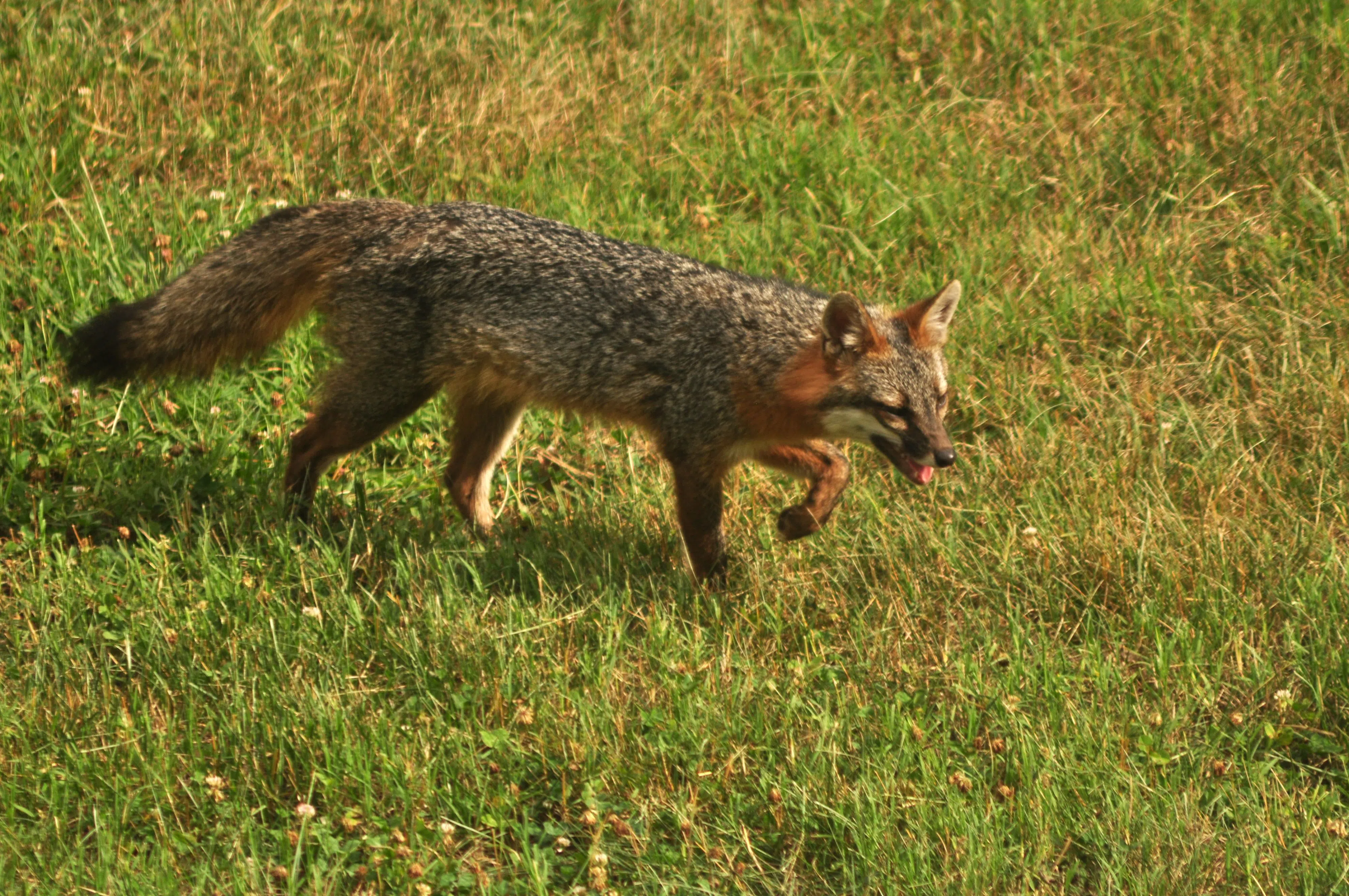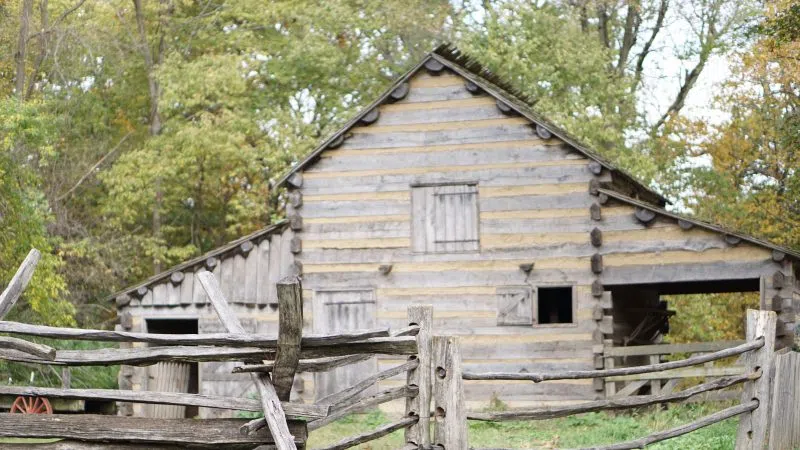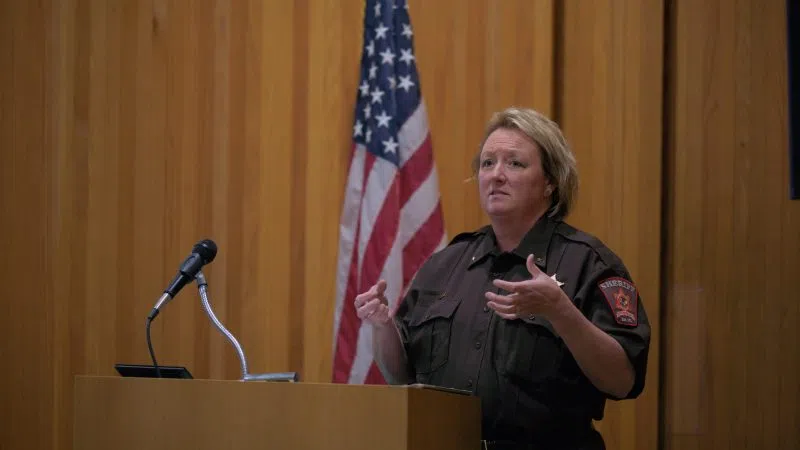The Illinois Department of Natural Resources has announced that the hunting and trapping seasons for gray fox (Urocyon cinereoargenteus) are closed effective immediately.
The season was originally slated to begin in November. However, surveys and preliminary results of current research indicate a substantial decline in gray fox distribution and abundance in the last ten years. Reasons for this decline are complex, but most research indicates that diseases such as canine distemper and competition from other canids, like coyotes, are the primary causes.
Even though Illinois hunters and trappers harvest very few gray foxes, this closure will remove any additional pressure and additive mortality from harvest.
“The IDNR will continue to conduct annual surveys and evaluate the gray fox population in Illinois,” the agency told the press.
On June 30, Gov. JB Pritzker signed into law Public Act 104-0019: this bill, an IDNR initiative with support from legislators across the state and from a diverse collection of conservation groups including the Illinois Trappers Association, made simple changes to the language of the state’s Wildlife Code in order to allow the agency to choose whether to allow a hunting season through administrative rule.
A week after the signing, on July 9 the DNR filed administrative rules indefinitely closing the hunting and trapping seasons for gray fox. With studies indicating the fox population was critically low, the closure of the hunting and trapping seasons was deemed a responsible change in order to protect the species.
“IDNR uses the best available science to guide the management of furbearers in Illinois,” the agency wrote.
“In the last 25 years, the department opened a trapping season for river otter and a hunting and trapping season for bobcat. The data from research and surveys indicate the populations can support a carefully managed otter and bobcat season and allow these species to thrive throughout the state. IDNR will continue to monitor the population and look for ways to reverse the decline.”







